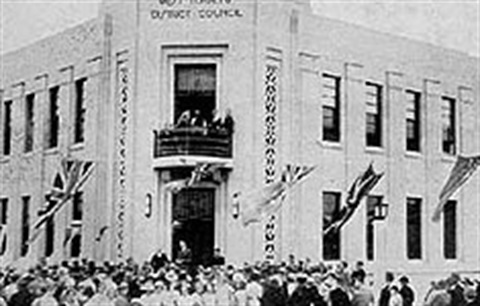History of West Torrens

A brief history of the West Torrens district
Author, Chris Brice, West Torrens Historical Society
The story of West Torrens - which extends from the west parklands of Adelaide to near the coast and from the River Torrens in the north to the Glenelg tram line in the south - is as long as that of the state.
Being close to both the site chosen by Colonel William Light for establishing the city of Adelaide and Holdfast Bay, where the founding pioneers landed in December 1836, the West Torrens district was one of the first regions of the new colony of South Australia to be explored by the early settlers.
These explorations revealed a land - across which the Kaurna Aboriginal people had roamed for tens of thousands of years - which varied from fertile flood plains adjacent to the River Torrens to vast areas of sand hills, swamps and dense 'reedbeds' nearer to the coast.
The West Torrens region was also among the first 'country' sections to be surveyed by Colonel Light and his party. The colony's most prominent citizens, including Colonel Light, took up much of its land.
However, despite this early taking up of land, the district was to remain sparsely populated for many decades, most of it being turned over to farming. The state's first wheat crop is said to have been sown near Hilton and some of South Australia's earliest vineyards were planted adjacent to the River Torrens in the district's north-west regions.
Council chamber and offices: erected 1935, opened 1936
Residential development first took place in the areas closest to the city. Thebarton, where Colonel Light built his home, quickly developed both as a residential and industrial centre, and in 1841 was described as one of the largest of Adelaide's suburban villages.
It was also the site of Adelaide's first racecourse where the inaugural Adelaide Cup was held.
In the west and south of the district there were a number of thriving small villages and hamlets, among them Hilton, Plympton, Richmond and Cowandilla.
The District Council of West Torrens was proclaimed on July 7 1853, the seventh district council to be formed in the colony. The Council area then was much as it is today.
However, during the years there have been a number of changes, large and small, to the Council's boundaries.
The first occurred in 1855 when an area near Holdfast Bay became part of the Local Government area of Glenelg; but the most significant was in 1883 when the industrialised and heavily populated region of Thebarton became an independent Local Government area.
In 1997 Thebarton and West Torrens were rejoined. Another significant alteration of the boundaries came in 1903 when the area between Anzac Highway and the Glenelg tramline from South Road to Brighton Road became part of West Torrens, although the westernmost portion was later annexed to Glenelg (Holdfast Bay).
The West Torrens district still had a semi-rural flavour, particularly in its north-west, until the mid-1900s, with large swathes of land along the western reaches of the River Torrens being worked by market gardeners until as late as the 1970s.
Today much of West Torrens is residential, with pockets of secondary industry. Its most prominent feature is Adelaide's domestic and international airport, which occupies the central portion of the district.
City of West Torrens history timeline
1853: West Torrens proclaimed District Council.
1862: West Torrens DC divided into six wards.
1881: Thebarton Ward created.
1883: Corporation of Thebarton separately formed with four wards.
1885: Thebarton council building and town hall built on South Road.
1888: West Torrens DC office foundation stone on Marion Road laid.
1936: West Torrens DC chambers on Burbridge Road opened.
1944: West Torrens increased population enables municipality status.
1950: Municipal Corporation of West Torrens earns city status.
1951: Hilton War Memorial Gardens opened.
1964: City of West Torrens library opened.
1980: Thebarton Public library established.
1984: West Torrens Coat of Arms granted.
1997: West Torrens and Thebarton councils amalgamated forming the 'City of West Torrens'.
1999: Former Thebarton Council chambers converted for use as library (now no longer in use).
1999: City of West Torrens website launched.
2004: City of West Torrens Hamra Centre opened.